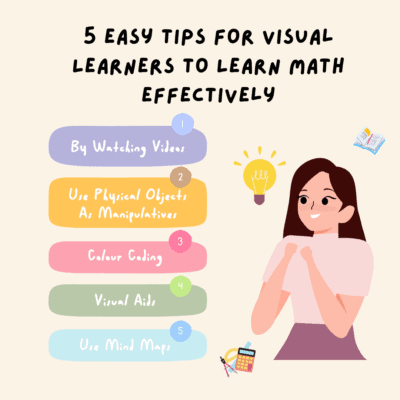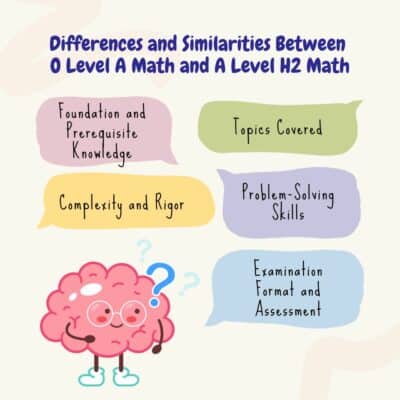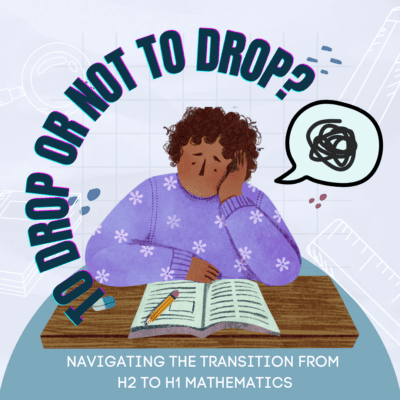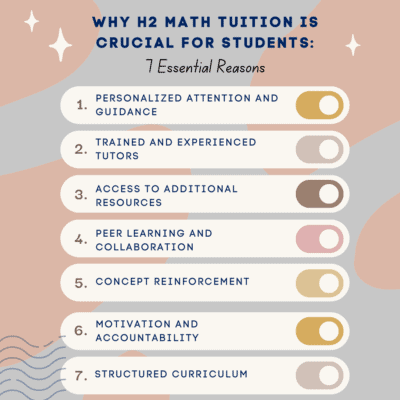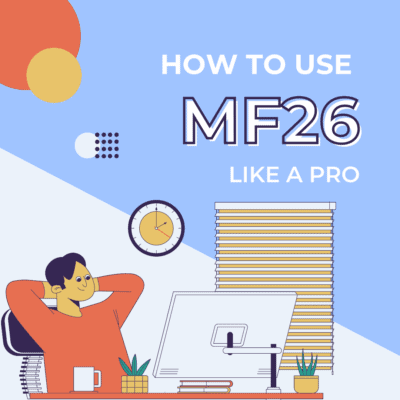Do you find yourself retaining information more easily when looking through visuals and infographics? For visual learners, it can be a challenge to comprehend some Math concepts and solve equations. But that doesn’t mean it’s impossible. Read on to learn some tips and tricks to help you learn Math effectively and make it easier to understand for you!
By Watching Videos
Watching instructional videos can be a great way for visual learners to learn Math effectively. Through videos, these learners are able to see the concepts being taught, helping them better understand the material. This is especially true when video tutorials contain visuals that provide a clearer representation of the concepts being taught. With visual representations of mathematical equations and formulas, it is easier for visual learners to understand and remember what they learn. Additionally, watching videos also helps keep students engaged while they are learning which can help them focus more and retain more information in the long run.
Use physical objects as manipulatives
For visual learners, physical objects are a great way to understand mathematical concepts. Physical objects such as blocks or counters can be used to represent numbers and help make abstract concepts more concrete. Geometric shapes can also be used to help visualise geometric concepts and make them easier to understand. These physical objects provide visual learners with a tangible way of understanding math and allow them to develop a deeper understanding of the material they are learning.
Colour coding
Mathematics often deals with complex concepts and it requires students to organise their notes in a way that helps them understand and remember them. Colour coding is an effective tool for visual learners that can help them to learn math more effectively by using colours to differentiate between different topics, equations, or formulas.
Colour coding allows students to use different colours for different topics or formulas, making it easier for them to quickly find and identify the information they are looking for. It also helps them highlight important information so they can more easily recognize what’s important in a lesson. Furthermore, colour coding enables visual learners to use colour-coding schemes to organise their notes and break down complex subjects into manageable chunks of information.
Here is an example of how Mr Gan uses colour coding in the H2 Mathematics topic Permutations and Combinations to make understanding the concept clear for his students:
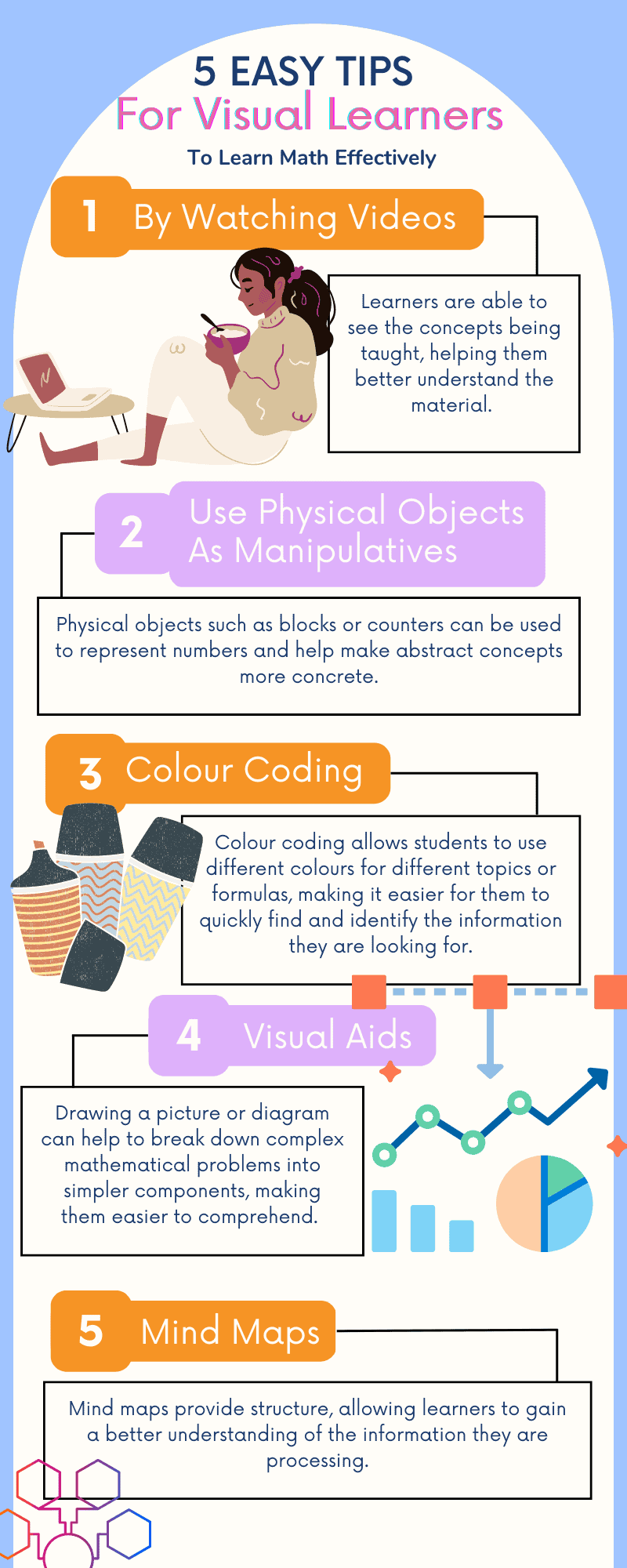
Visual aids
Drawing pictures or visuals can be a powerful tool for visual learners to better understand and remember math concepts. Drawing a picture or diagram can help to break down complex mathematical problems into simpler components, making them easier to comprehend. A basic example includes drawing a triangle to help in understanding Pythagoras’ theorem and how it works. You can also create a graph to represent a set of data. Pictures can also be used as an aid for solving problems by providing visual representations of problem-solving steps that can then be applied in different contexts. In doing so, learners will also have the opportunity to practise the basic principles of mathematics such as angles and shapes.
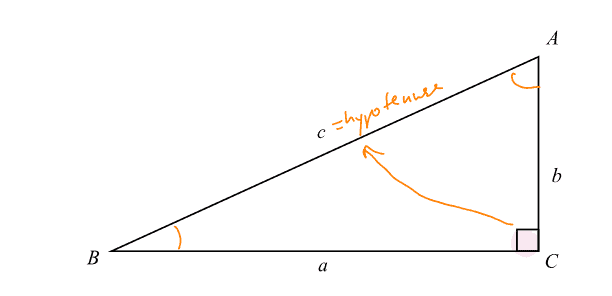
In this digital age today, we have a wide availability of digital visual aids specially for learning Mathematics. Some of these digital visual aids include Geogebra and Desmos. Check out our article on Free H2 Math Resources for more information.
The following video is an excellent example of how we use Geogebra to complement the learning of Applications of Integration (from 02:45):
Use mind maps
For visual learners, a mind map is an effective tool to learn and understand complex math concepts and theories. A mind map is a diagram used to organise information visually. It utilises symbols, words, and images to express ideas, making it easier for visual learners to comprehend the material better. Mind maps provide structure, allowing learners to gain a better understanding of the information they are processing. In addition, they can help students break down large topics into smaller chunks of information that are easier to remember and recall. By utilising mind maps when studying math, visual learners can easily identify relationships between concepts while understanding the big picture of their coursework as well.
Conclusion
In conclusion, if you are a visual learner who struggle with math, incorporating these tips together into your study routine can greatly improve your understanding and retention of mathematical concepts. These techniques allow you to create a visual representation of abstract ideas, which can help make them easier to understand and remember. By utilizing these tools consistently, you can build your confidence and proficiency in math, ultimately leading to greater success in the subject. So keep exploring different visual learning methods and find what works best for you!

